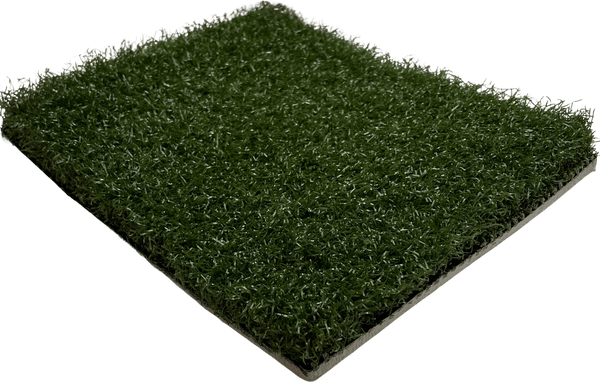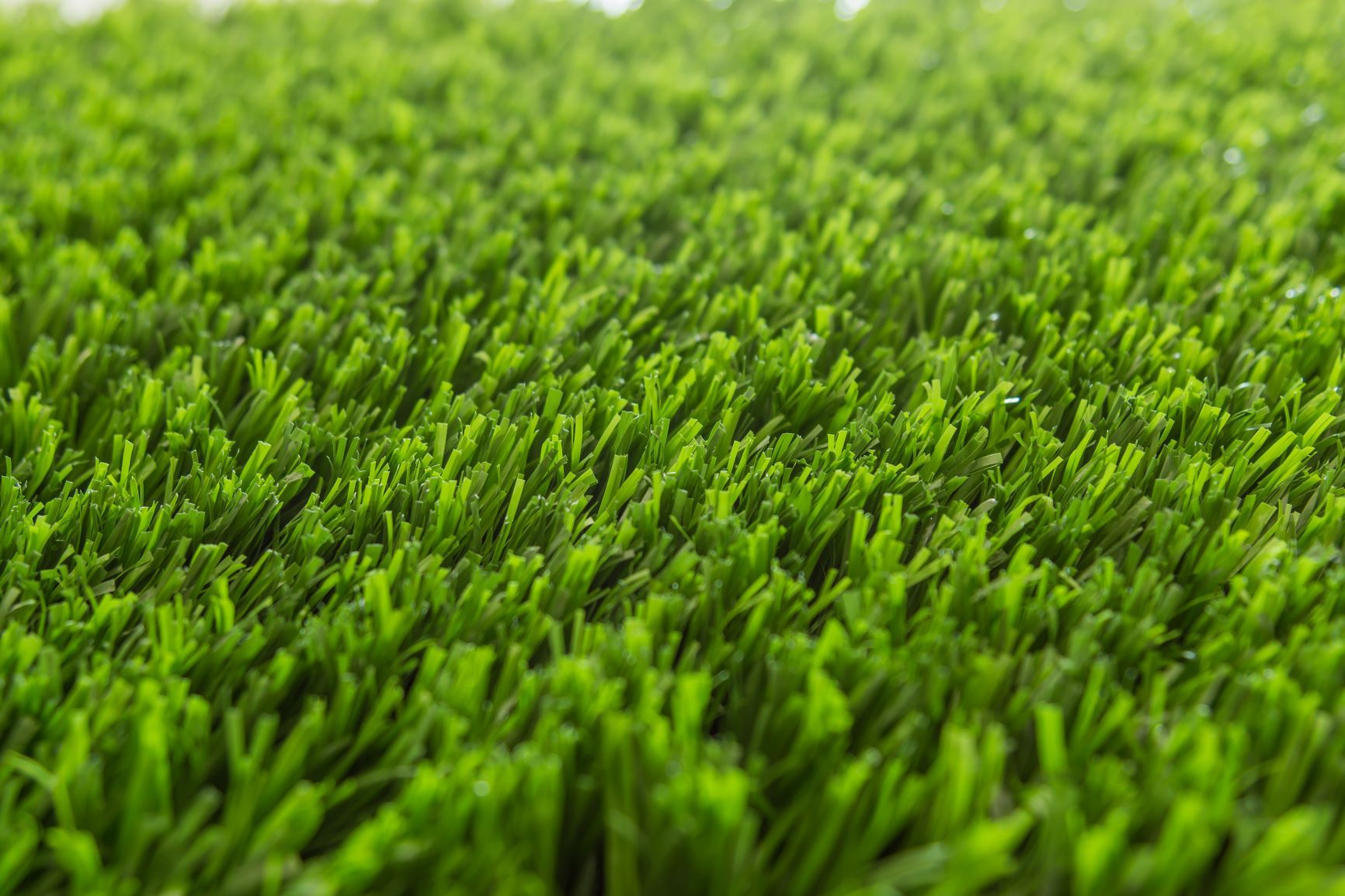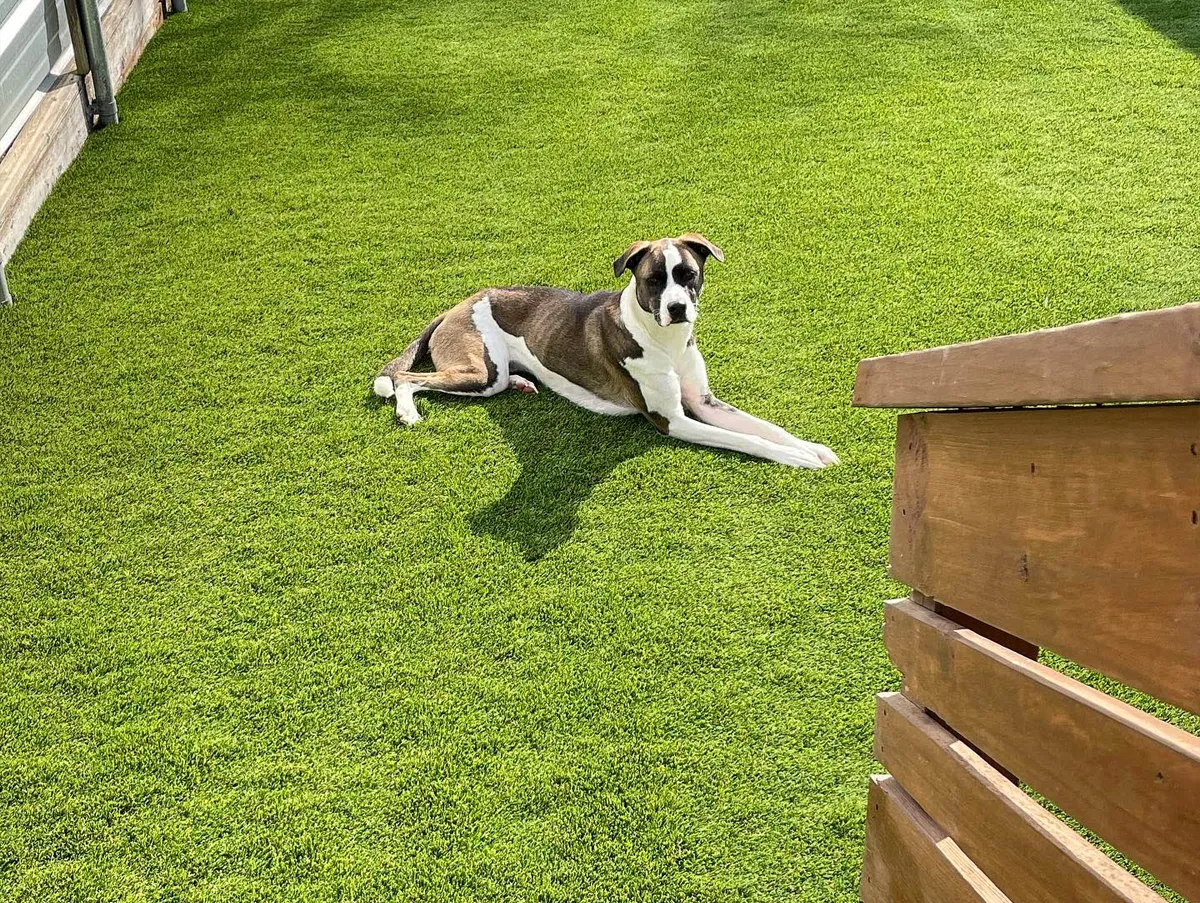Enjoy a Ideal Lawn with Arizona Artificial Turf for Any Outdoor Space
Enjoy a Ideal Lawn with Arizona Artificial Turf for Any Outdoor Space
Blog Article
See Why Homeowners Prefer Artificial Grass for Sustainable Landscaping Practices
As homeowners significantly focus on sustainability in landscaping, artificial lawn has emerged as a compelling choice to traditional lawn. Its capability to conserve water, minimize upkeep initiatives, and decrease ecological influence settings it as a functional selection for those looking for green solutions. The aesthetic charm and flexibility of man-made lawn provide to varied style choices. The implications of this change prolong past simple ease and aesthetics, prompting a closer evaluation of exactly how these options affect wider environmental end results. What continues to be to be discovered is the complete range of benefits that synthetic grass can offer to homeowners and the environment alike.
Water Preservation Benefits
One of the most significant benefits of synthetic lawn is its duty in water preservation. In comparison, man-made turf eliminates this demand completely, as it does not require watering.
In addition, the installation of man-made turf can add to an extra sustainable landscape. Homeowners can dramatically lower their water bills, enabling reallocation of resources to various other ecological efforts or family usages. Additionally, synthetic grass is created to withstand different weather conditions without the demand for extra watering, making it a perfect option for regions encountering water shortage.
The environmental benefits extend past instant water cost savings. By lowering water consumption, synthetic grass helps to alleviate the influences of climate modification, protecting important communities that are endangered by extreme water extraction. As sustainable landscaping techniques acquire grip, synthetic turf becomes an accountable option for house owners seeking to create environmentally friendly outdoor areas.
Minimized Upkeep Efforts
Synthetic grass dramatically decreases upkeep initiatives compared to conventional lawn yards. With synthetic grass, homeowners can remove the taxing tasks connected with all-natural landscape design, such as mowing, feeding, and weeding. This not just conserves valuable time however also minimizes physical labor, making grass care accessible for individuals of all ages.
Traditional grass call for constant trimming to keep an aesthetically pleasing elevation, whereas artificial turf stays constantly rich without the need for cutting. Additionally, property owners no longer require to use plant foods or chemicals, which are typically required to maintain all-natural turf healthy and balanced.
Moreover, synthetic grass is durable and durable, calling for marginal maintenance beyond occasional cleaning and washing to get rid of particles. This simplicity of upkeep enables home owners to appreciate their exterior areas without the continuous concern of maintenance, offering even more time for recreation and family members tasks. Ultimately, the lowered maintenance efforts connected with synthetic grass make it an appealing choice for those looking for a low-maintenance, aesthetically appealing landscape.

Environmental Influence Reduction
There is a growing recognition of the ecological benefits connected with man-made turf, especially in regards to water conservation and decreased chemical use. Standard lawns need significant amounts of water, particularly in drought-prone areas, causing enhanced stress on regional water sources. On the other hand, man-made grass gets rid of the need for watering, substantially minimizing water consumption and advertising sustainability.
In addition, conventional lawn maintenance frequently includes the application of herbicides, fertilizers, and chemicals, which can add to dirt and water pollution. Synthetic grass alleviates this environmental risk by needing minimal maintenance and basically getting rid of the demand for unsafe chemicals. This not just improves soil health yet additionally shields regional communities from hazardous drainage.
In addition, the production of all-natural grass yards normally includes making use of nonrenewable fuel sources for cutting and landscape design tools, further adding to greenhouse gas exhausts. By choosing fabricated grass, property owners can significantly decrease their carbon impact related to lawn treatment activities.
Aesthetic Appeal and Flexibility
In enhancement to its ecological benefits, synthetic grass provides significant visual allure and convenience for landscape design. Homeowners can achieve a rich, green look year-round, company website removing the seasonal fluctuations frequently connected with all-natural turf. This constant aesthetic not just boosts the visual allure of a property yet also adds to a polished and well-kept appearance.
In addition, synthetic grass is offered in a variety of appearances, colors, and styles, permitting customization to fit individual preferences and layout themes - Artificial turf companies phoenix. Whether used in residential gardens, industrial rooms, or leisure areas, it can effortlessly integrate right into diverse landscape design layouts, from modern minimal to lavish exotic setups
The convenience of man-made turf extends past simple appearance; it can be mounted in different places, including roofs, patio areas, and also interior rooms, producing possibilities for special landscaping solutions. In addition, it appropriates for a series of activities, from kids's play areas to pet-friendly environments, offering performance without jeopardizing design.
Ultimately, the aesthetic charm and flexibility of synthetic grass make it an attractive alternative for property owners seeking sustainable landscape design solutions that do not give up beauty for ecological responsibility.

Long-Term Expense Cost Savings
One of the most compelling benefits of synthetic grass is its capacity for long-lasting price savings. Unlike all-natural grass, which needs normal maintenance-- including mowing, watering, feeding, and pest control-- man-made lawn considerably minimizes these ongoing costs.
In addition, synthetic grass has a life expectancy of 15 to 25 years, depending upon its high quality and usage. This durability minimizes click to find out more replacement prices, making it an extra cost-effective selection in the lengthy run. Moreover, the preliminary financial investment in synthetic grass can typically be redeemed through the savings built up over time.
While the upfront price may appear higher compared to sod setup, the collective savings from reduced upkeep and water usage typically exceed these preliminary expenditures. Ultimately, the adoption of synthetic grass not only promotes a lasting landscape design solution yet also supplies home owners an economically wise alternative that lines up with long-term budgeting objectives.
Final Thought
Synthetic grass becomes a compelling alternative for sustainable landscaping, supplying significant advantages in water preservation, decreased upkeep efforts, and decreased ecological effect. Its aesthetic charm and convenience enhance the aesthetic landscape while aligning with modern-day sustainability goals. Furthermore, long-term price savings add to its appearance for home owners. As neighborhoods increasingly focus on eco friendly techniques, the fostering of synthetic grass represents a dynamic step toward accomplishing sustainable and resilient landscapes.
Additionally, artificial turf is created to withstand numerous climatic conditions without the requirement for supplementary watering, making it a perfect choice for areas dealing with water scarcity. (Phoenix turf companies)

Man-made turf emerges as a compelling alternative for sustainable landscape design, offering substantial advantages in water conservation, decreased maintenance initiatives, and lessened environmental effect.
Report this page